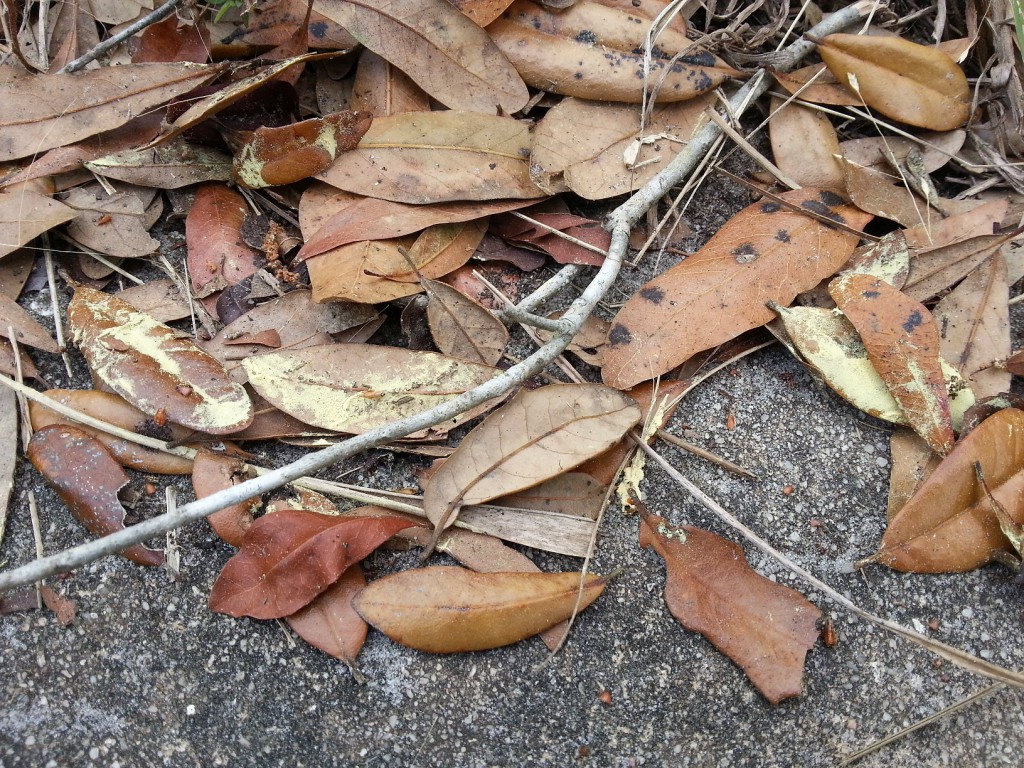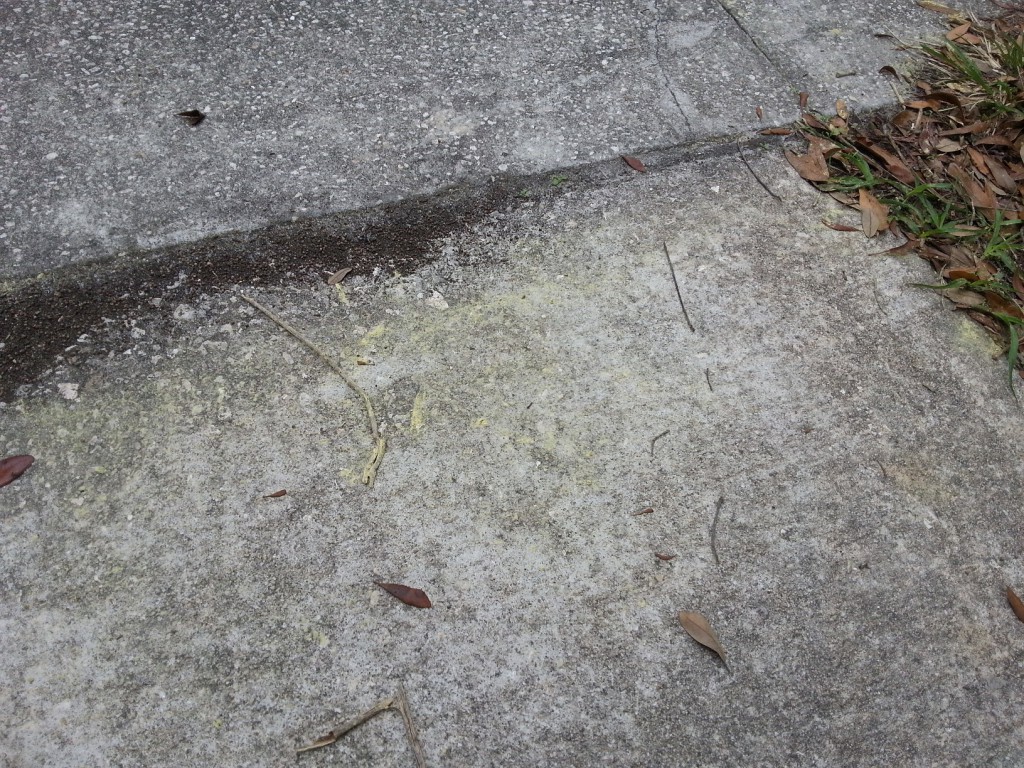
Theresa Badurek, Urban Horticulture Agent, UF/IFAS Extension
February is a beautiful time of year here in Pinellas County. The birds are singing, the weather is warmer, and the flowers and trees are blooming. But along with the colorful flowers comes the (sometimes) equally colorful pollen painting everything bright yellow. For many with seasonal allergies this time of year can be very challenging.
An allergy is an unusual reaction to a very small amount of a specific substance, called an allergen. If you have allergies then you already know that some common symptoms of allergic reactions include watery eyes, itching, coughing, congestion, hives, runny nose, fatigue, asthma attacks, and, in severe cases, death. Yikes- and you thought the sneezing was bad! Millions of people suffer with allergies which are often caused by things like dust, animal dander, and yes, plant pollens.
If you are one of those sufferers you might be asking why- why must the plants assault our senses like this? Well, it’s all about the survival of the species. Flowering plants, like trees, produce pollen to reproduce. Basically pollination develops new plant seeds. The advantage of pollen is that it is dry and light, enabling it to float on the wind and travel many miles to many other plants (and into many noses). But, since only a small amount of pollen will result in seed production, plants that depend on wind for pollen distribution have to produce huge amounts of pollen. (Sniffle.)

Weather patterns influence the amount of pollen and how it affects those of us with allergies. Rain dampens pollen and reduces its ability to float on the air. Warm weather can increase pollen amounts and wind can spread it even more. So what’s an allergy sufferer to do? It’s far too nice to stay indoors all day, so how can you reduce your sniffling and sneezing? Here are some simple steps you can take to reduce your pollen exposure:
- Dry clothes in an automatic dryer rather than hanging them outside to avoid pollen collecting on clothing and being carried indoors.
- Consider limiting outdoor activities during the pollen season (Florida trees often release pollen from January to June).
- Stay inside during peak pollen times (from 10 a.m. to 4 p.m.).
- Restrict outdoor activities during days with high winds and low humidity.
- Shower after spending time outdoors to remove pollen from hair and skin.
- Use air filters and clean regularly, or run an air conditioner and change the air filter frequently.
- Wear a dust mask when mowing the lawn, gardening, or raking leaves.
Source: Urban Trees and Allergies in North Florida
For more info on tree pollen and allergies from UF/IFAS: http://solutionsforyourlife.ufl.edu/hot_topics/environment/tree_pollen_allergies.shtml
Asthma and Allergy Foundation of America and their page on Gardening with Allergies.
The Weather Channel has a pollen forecast link where you can enter your zip code and see what the pollen counts are in your area- and what’s blooming: http://www.weather.com/health/allergy/main
Stay healthy and enjoy this beautiful weather! Now, where did I put those tissues…?
 0
0
